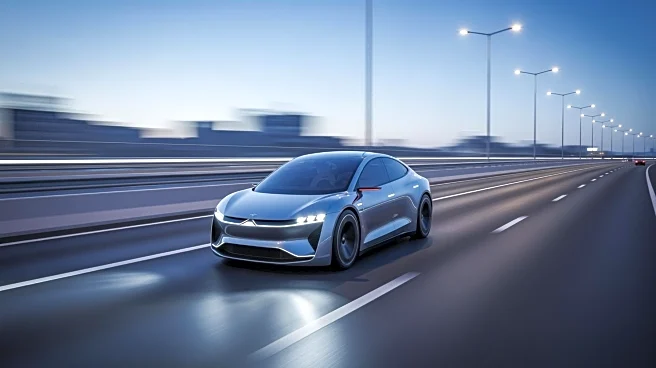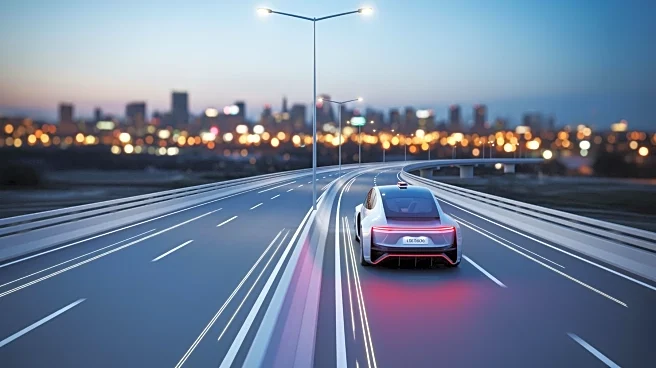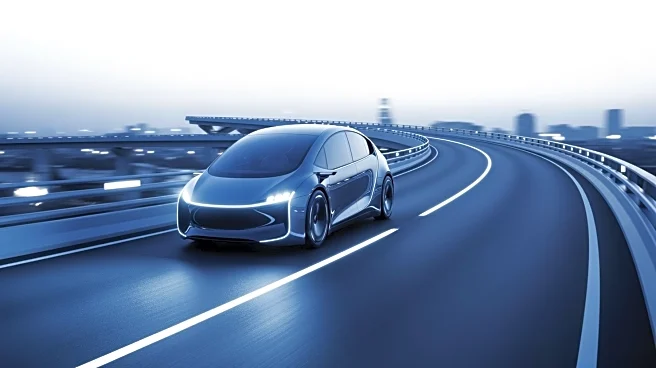What's Happening?
Waymo, a subsidiary of Alphabet, has begun offering fully autonomous rides on major freeways in San Francisco, Los Angeles, and Phoenix. This development comes after Tesla CEO Elon Musk criticized Waymo's
use of lidar and cameras, claiming they cause 'sensor contention' and prevent safe highway driving. Waymo's fifth-generation autonomous platform utilizes a combination of five lidars, six radar sensors, and 29 cameras. Despite Musk's assertions, Waymo has successfully demonstrated its robotaxis' capability to navigate highways, reducing commute times significantly without notable incidents. This marks a significant milestone in Waymo's expansion of its autonomous vehicle services.
Why It's Important?
The expansion of Waymo's robotaxi service to highways represents a significant advancement in autonomous vehicle technology, challenging the views of industry leaders like Elon Musk. This move could accelerate the adoption of autonomous vehicles, potentially transforming urban transportation and reducing traffic congestion. It also highlights the ongoing debate over the best technological approach to autonomous driving, with Waymo's reliance on lidar contrasting with Tesla's camera-based system. The success of Waymo's highway operations could influence regulatory perspectives and public acceptance of autonomous vehicles, impacting the future of transportation and related industries.
What's Next?
Waymo's successful deployment on highways may prompt further expansion of its services and encourage other companies to explore similar technological approaches. Regulatory bodies might take note of Waymo's achievements, potentially leading to more favorable policies for autonomous vehicle operations. Additionally, this development could intensify competition between Waymo and Tesla, as both companies strive to dominate the autonomous vehicle market. Stakeholders, including city planners and public transportation authorities, may need to consider the implications of increased autonomous vehicle usage on infrastructure and urban planning.












